Habitat design
Innovations for Space Habitat Design
Welcome to the future of space habitat design! As humanity ventures further into the cosmos, innovative concepts are shaping the way we think about living and working in space. Let's explore some exciting innovations that are revolutionizing space habitat design.
1. 3D Printing Technology
3D printing technology is a game-changer in space habitat design. It allows for on-demand construction of structures using a variety of materials. This technology enables astronauts to build and repair habitats in space, reducing the need to transport pre-built structures from Earth.
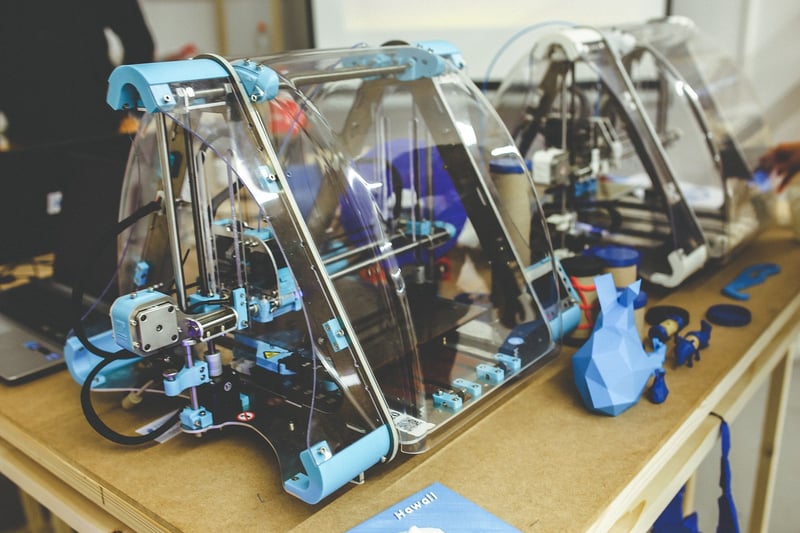
2. Inflatable Modules
Inflatable modules offer a lightweight and compact solution for space habitats. These modules can be transported in a deflated state and then inflated once in orbit, providing a larger habitable space for astronauts. Companies like Bigelow Aerospace have been pioneering this technology.
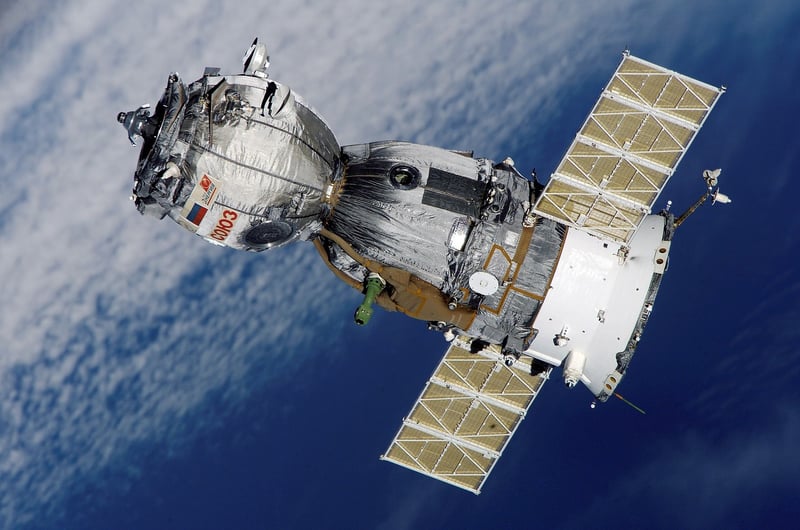
3. Vertical Farming Systems
Vertical farming systems are essential for sustainable food production in space. By growing crops in a vertically stacked configuration, these systems maximize space efficiency and provide fresh food for long-duration space missions. They utilize advanced lighting and nutrient delivery systems to support plant growth.
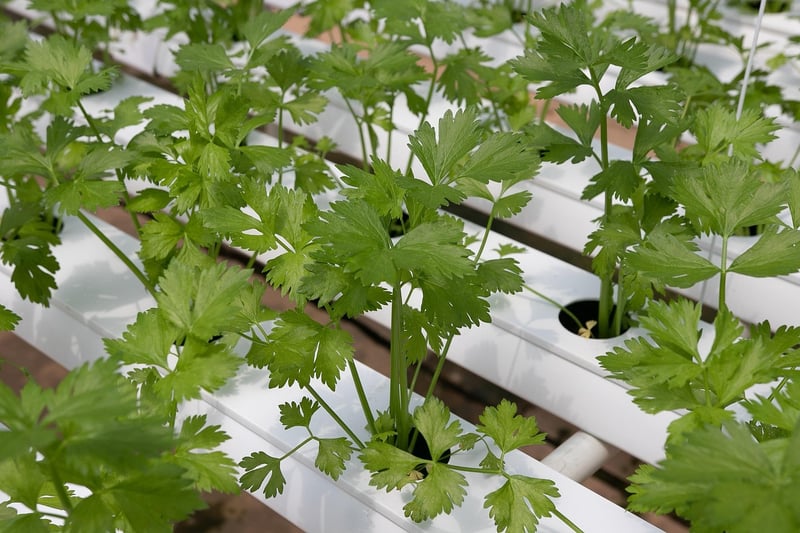
4. Biophilic Design Elements
Biophilic design incorporates elements of nature into space habitats to enhance the well-being of astronauts. Features like green walls, natural light, and plant life help create a more pleasant and psychologically supportive environment in the confines of space.
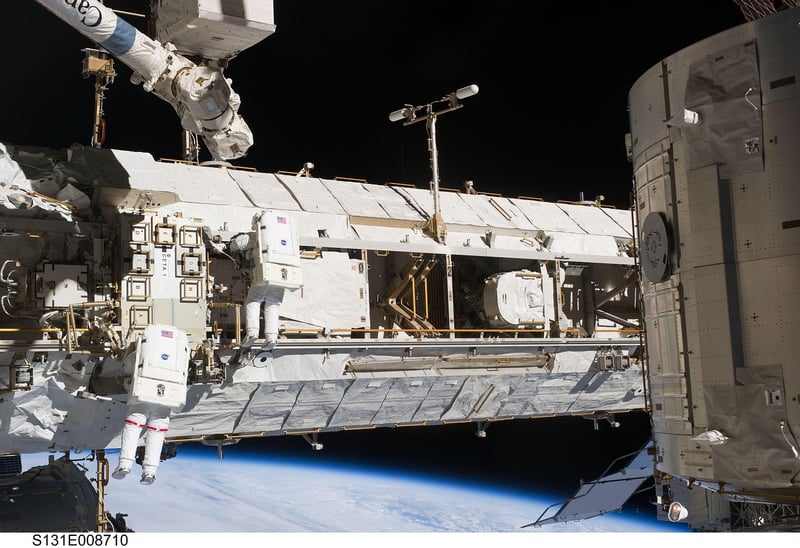
5. Virtual Reality Simulations
Virtual reality simulations are used to design and test space habitats before they are built. This technology allows architects and engineers to visualize and experience the habitat in a virtual environment, optimizing its layout for efficiency and functionality.
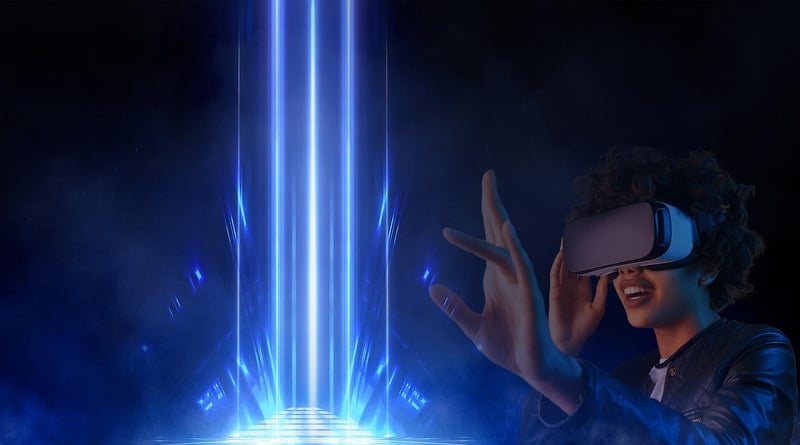
These innovations are just a glimpse of the exciting developments in space habitat design. By incorporating cutting-edge technologies and sustainable practices, the future of living in space looks brighter than ever.
Are you ready to embark on a journey to the stars?
